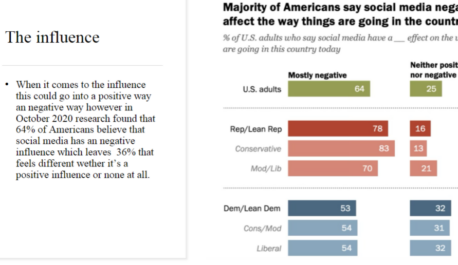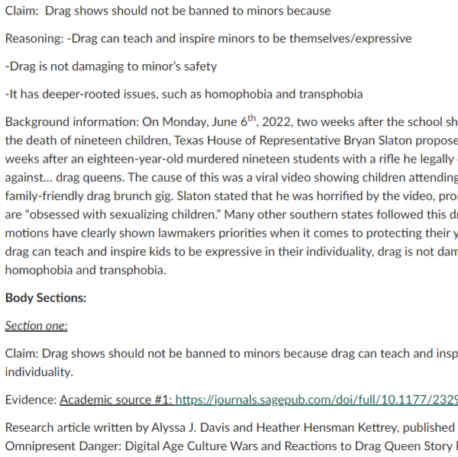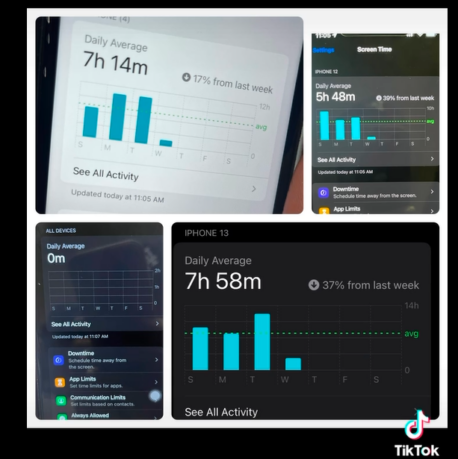
project builder 1 (PB-1)
prototype
Project 1-“Making a Thing” asked students to identify a problem or issue of their choosing, not assigned by the instructor. Then, they were to develop an original artifact that attended to the problem or issue to address fellow peers in our classroom.
Developing a Prototype of the student’s artifact was especially challenging in the 1st project. Students were accustomed to following a strict set of criteria for their writing, whereas in Project 1 they were given complete freedom to choose their project’s modality and genre in order to accomplish a solutions-based task. The prototype allowed the student to try their ideas out in order to see rhetorical impact on me (the instructor) and/or their peers.
Project 2-“Pulling a Thing Apart” asked students to break an existing artifact down to a set of features or components for rhetorical analysis. The subject matter could depart from the content of Project 1.
The primary concern in the 1st iteration of the Rhetorical Analysis project (P3) was to evidence a set of three distinct elements to analyze in the student’s selected artifact. Then, the student was expected to analyze the rhetorical qualities by providing explicit examples from the artifact. The emphasis was taken off a cohesive draft and instead focused on a thorough discussion of each of the three elements, because students would be better situated to make a general statement about their artifact’s effectiveness after they examined individual elements and examples. Ultimately, students would craft an introduction with a thesis and conclusion in a subsequent iteration or final draft.
Project 3-“Discussing Things” asked students to resituate the kind of work they had done previously in Projects 1 and 2 by creating a new artifact that performed an argumentative function in a public space. Students were expected to employ some of the rhetorical strategies analyzed in Project 2 by other producers.
Project Builder 1 was designed to show the shape of the argument that students were developing. In an effort to encourage students to transition from their opinions and assertions toward incorporating credible sources to support their reasoning, students were provided with more structure. In previous projects, students had more flexibility in designing their communication methods. As this project was argumentative in nature, students were expected to follow a sequence of patterned logic regardless of if the modality was visual or aural: reason followed by evidence.
Project 4-“Putting a Thing Back Together, Better” asked students to return to their work in Project 1 equipped with a fresh set of knowledge, tools, and inspiration. They had to redesign their Project 1 by choosing a new modality and new target audience for the redesigned artifact.
The Project Builder 1 was able to actualize plans for the redesign. The prototype provided students an opportunity to revise large components of Project 1 and determine if Project 4 was doing the work they sought.
lesson excerpt




